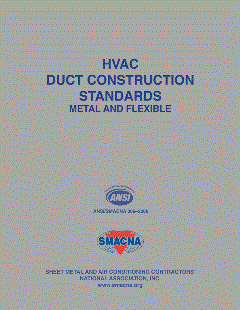As NASA prepares for a late-November launch for the Artemis I Moon Mission, LSU faculty are making preparations of their own to properly train a future-ready construction workforce in extraterrestrial construction.
Led by Amir Jafari, assistant professor, construction management, LSU, the research group will work over the next year to determine how construction skills on Earth could and would translate to working on a planetary body other than our own. The work is funded by a nearly $150,000 grant from the National Science Foundation.
“In recognition of the 50th anniversary of the first manned lunar landing, [NASA], together with the European Space Agency, revealed plans to…establish permanent human habitats on the Moon and Mars by 2040,” Jafari said. “The vision of becoming an interplanetary species requires the construction industry to face an unprecedented challenge, extraterrestrial construction. In order to promote feasible and sustainable space exploration, these habitats and other infrastructures are envisioned to be built in-situ, which would shape a generation of the extraterrestrial construction industry. Accordingly, the role of construction workers in future extraterrestrial projects will be significantly different from the current practice on Earth.”
The LSU research team will first work — with the help of its collaborators at NASA — to gain a better understanding of what transferable skills are needed for a future extraterrestrial workforce.
“[We] have planned a two-day, interdisciplinary meeting that will bring together the expertise and representatives of the different disciplines that will be involved in the envisioned extraterrestrial construction workforce development, including, but not limited to, engineering, construction science, architecture, computer science, robotics, human-computer interaction, planetary geoscience, workforce development, learning sciences, psychology, and social science,” Jafari said. “The goal of this expert meeting is to converge on the nature of future extraterrestrial construction and build the hierarchy of the skills required by future workers as well as emerging technologies that can be utilized to integrate transferable skills for developing a future-ready workforce from a diverse set of perspectives. We will also use the results of this meeting to inform the design of the AI-assisted, simulation-based virtual constructs prototype.”
Indeed, following the meeting with NASA, Jafari and his fellow LSU researchers will develop a simulation-based training environment using Unity3D and Unreal Engine. Both are 3D game engines that support creating interactive virtual reality simulations that run in real-time. The training environment will consist of two key technological features — an AI agent that will offer personalized learning experiences and an immersive VR simulation framework that allows instructors to craft training experiences and engage participants in learning activities.
The simulation-based training environment will enable building-training scenarios of human-robot collaborations in the context of extraterrestrial construction along with other existing and future workforce domains. In order to simulate accurate physical characteristics of extraterrestrial environments, construction materials, and robot mechanics, the team will use a high-fidelity physics simulation toolkit that integrates both the Unity3D and Unreal engines.
Once the next year’s work is completed, Jafari said the team plans to use its initial results and prototyped tool to submit a three-year grant proposal, which could be up to $2 million, to continue and advance this work.
LSU faculty working alongside Jafari are Professor Yimin Zhu, construction management; assistant professor Ali Kazemian, construction management; assistant professor Andrew Webb, computer science; associate professor Jennifer Qian, education; assistant professor Shinhee Jeong; and associate professor Suniti Karunatillake, geology, and geophysics. For more information, visit http://www.lsu.edu/eng.









